The universe seems static in the night sky but it’s incredibly dynamic. Our cosmic plane is an ever-changing canvas, bustling with cosmic events that shape our understanding of the world beyond Earth. From the subtle drift of the Moon to the gradual expansion of the universe itself, here are some of the most striking cosmic occurrences that happened last year.
1. The Moon Moved Away from the Earth by 3.78 cm
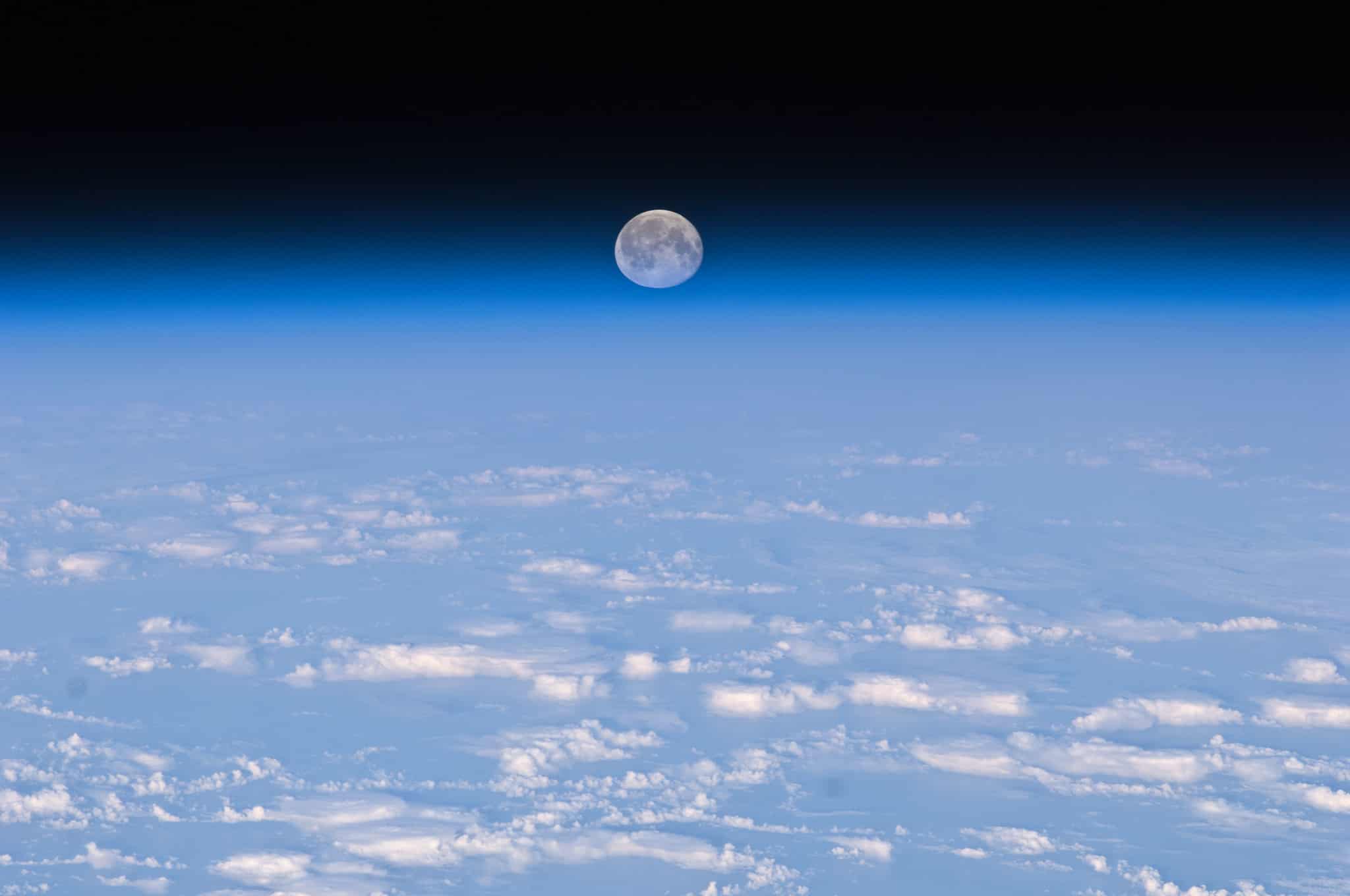
The Moon, Earth’s closest celestial companion, has been slowly distancing itself from our planet. Every year (and 2023 is no exception), it drifts approximately 3.78 cm further away. This phenomenon, known as the lunar recession, is driven by tidal forces between the Earth and the Moon. As Earth’s rotation causes ocean tides, the gravitational pull of these tides on the Moon transfers Earth’s rotational energy to the Moon, pushing it into a higher orbit.
In one year, you won’t feel a thing. But this gradual distancing has long-term implications for Earth and life on our planet. It affects the length of a day, the intensity of tides, and even the stability of Earth’s axial tilt. However, the change is so slow that it’s barely noticeable on human timescales.
2. The Earth’s Spin is Getting Slower (And Days Are Getting Longer)
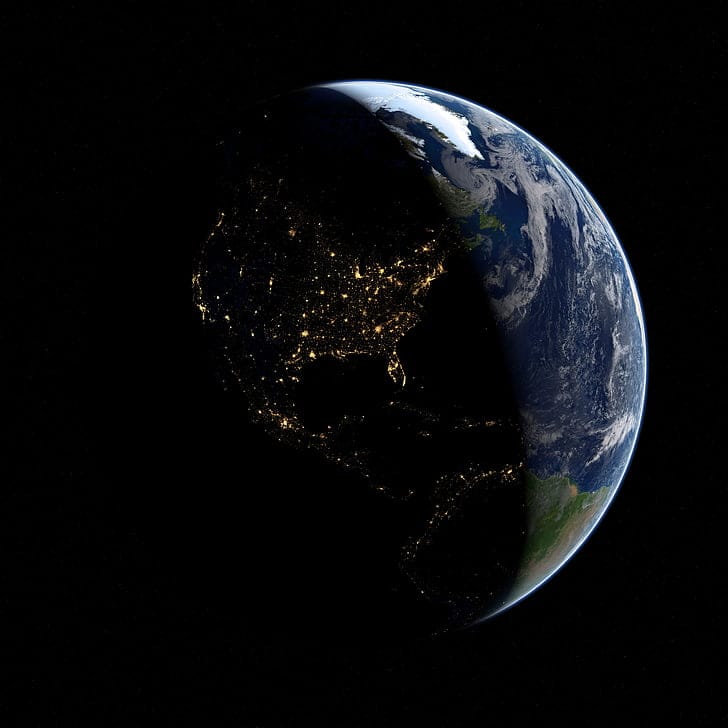
The Earth’s rotation is not as constant as one might think. In 2023, it was observed that our planet’s spin is gradually slowing down, making days imperceptibly longer. This deceleration is attributed to the same tidal forces causing the Moon to recede. The energy transferred to the Moon slows Earth’s rotation, lengthening our days by about 1.7 milliseconds per century. So in 2023, our days got longer by 0.017 milliseconds.
That doesn’t seem like much — but project it over hundreds of millions of years and it adds up. During the Triassic, when dinosaurs first started emerging, the day only lasted about 22 hours and 40 minutes. Yep, the dinosaurs had shorter days than we did.
3. The Sun Lost 174 Trillion Tons of Mass (and Earth’s Orbit Increased)
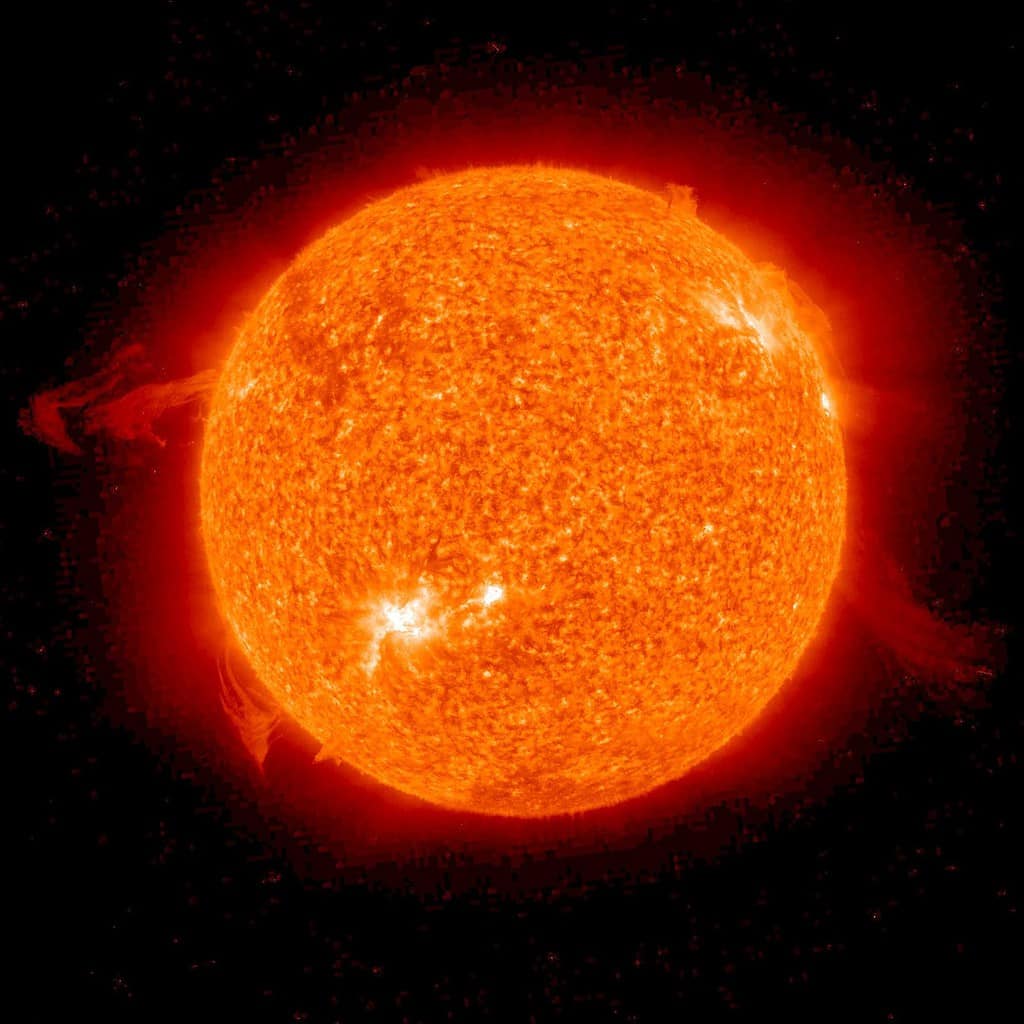
In 2023, the Sun, like every year, lost a bit of its mass due to the fusion of hydrogen into helium and the subsequent loss of energy as light. This mass loss seems huge but it’s pretty small in the grand scheme of things. The Sun’s mass is a number with 27 digits in tons. But even so, this has some effects on the solar system.
As the Sun loses mass, its gravitational grip on the planets weakens slightly. For Earth (and all the planets in the solar system), this means a very gradual increase in the size of its orbit. However, this increase is so small that it has virtually no immediate effect on our climate or seasons.
4. 150 Billion Stars Formed in the Universe
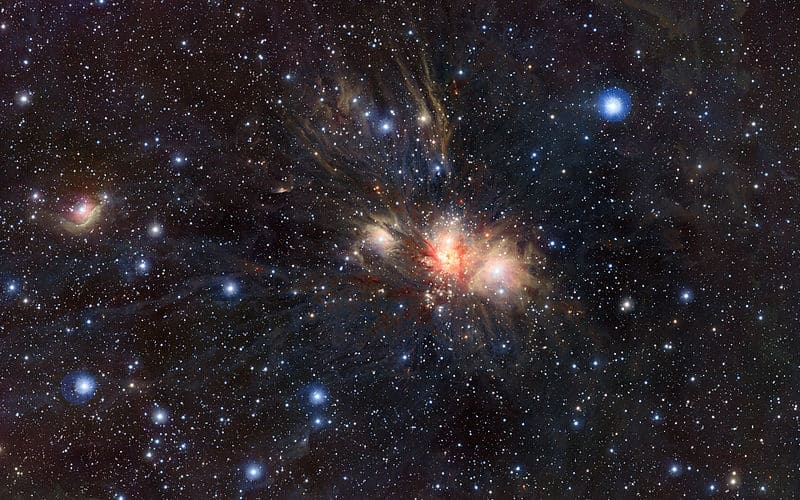
The universe is a cradle for star formation. Every day, millions of stars are born across various galaxies, adding to the cosmic landscape. These stellar births occur within vast clouds of gas and dust, known as nebulae. Under the right conditions, portions of these nebulae collapse under their own gravity, heating up and eventually igniting nuclear fusion.
Each new star contributes to the chemical richness of the universe. As stars age and die in a supernova explosion, they seed their surroundings with heavy elements, which are the building blocks for planets and, potentially, life.
5. The Andromeda Galaxy Moved 3.5 billion km Closer to Us
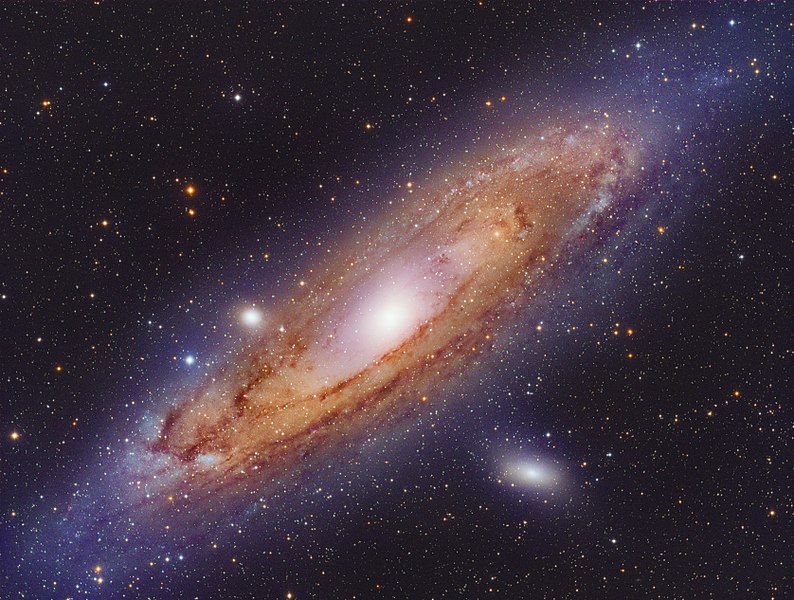
The Andromeda galaxy, our Milky Way’s nearest spiral galaxy neighbor, is moving towards us — or if you want to be technically correct, the two galaxies are falling towards each other, pulled by gravity.
This is part of a long-term trajectory that will eventually lead to a collision between our two galaxies. While this might sound alarming, this will likely happen some 4.5 billion years in the future. So don’t worry, will figure something out by then.
6. The Universe Expanded by More than 60 Trillion Km
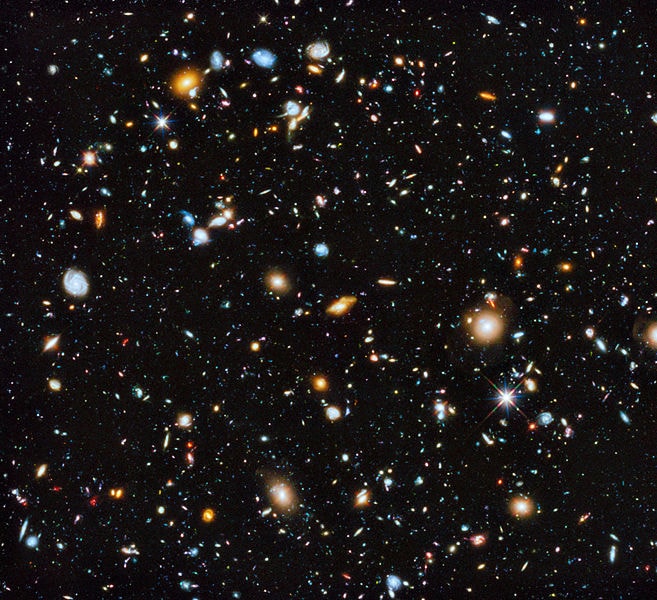
The expansion of the universe is one of the most profound discoveries in modern cosmology. In 2023, the universe continued to expand, driven by the mysterious force known as dark energy. This expansion is not like the explosion of a bomb; instead, space itself is stretching, carrying galaxies along with it. It’s a tough concept to wrap your head around, and astronomers aren’t sure what causes this. Some suspect it could be the dark forces (yes, really).
This expansion is critical for understanding the universe’s fate. Depending on various factors, including the density of matter and the nature of dark energy, the universe might continue to expand forever, slow down, or even collapse back on itself in a “Big Crunch.”
Each of these events, though distant and seemingly detached from our daily lives, plays a crucial role in the grand narrative of the universe. They remind us of our place in this vast cosmos and the ceaseless march of cosmic time. In 2023, as in every year, the universe has not been static but dynamic, changing in ways both minute and monumental.






